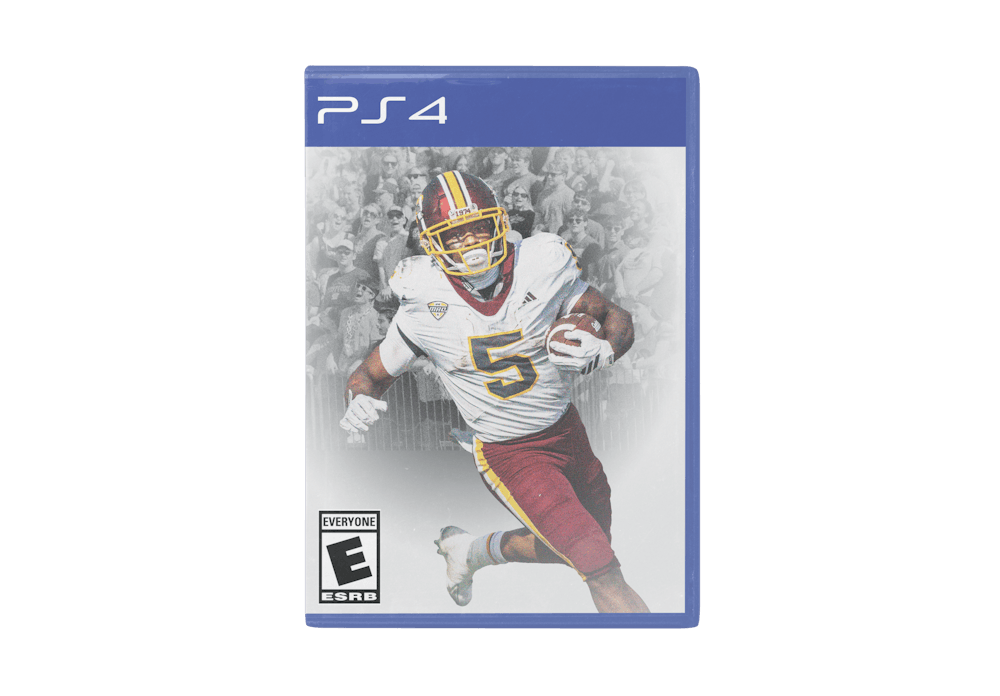Understanding NIL
When college athletes across the country gained the right to profit from their name, image and likeness in 2021, a new era in college sports began. For Central Michigan University student-athletes “NIL” is redefining what it means to wear the maroon and gold.
What Is NIL?
NIL, short for Name, Image and Likeness, allows college athletes to earn money through endorsements, social media posts, public appearances, business ventures and other uses of their personal brand.
Before July 2021, National Collegiate Athletic Association rules prohibited student-athletes from making money off their athletic reputation or identity. The change came after years of debate over athlete rights, giving student-athletes control over how their name and image could be used.
Now, players can sign sponsorship deals, promote products online and partner with brands, all while maintaining their college eligibility.
How CMU Is Handling NIL
At CMU, there is an established Name, Image and Likeness Task Force to help athletes, local businesses and boosters understand the rules and opportunities tied to NIL.
CMU’s NIL policy states that athletes can be compensated for promotional work, brand partnerships, and personal appearances, but all deals must be disclosed through the “ARMS” (Administrative Resource Management System) system at least seven days before they begin. The goal is to ensure that every agreement aligns with NCAA and Mid-American Conference regulations.
To support the community side of NIL, CMU also partners with Charitable Gift America to run the Chippewa NIL Fund.
According to the website, student-athletes are encouraged to donate 5% of their NIL earnings to charitable causes of their choice.
While the headlines often focus on million-dollar NIL deals at Power Five schools, mid-major programs like CMU are seeing NIL development as well.
For many Chippewas, NIL opportunities look like smaller partnerships with local companies, social media promotions or appearances at youth sports clinics. These deals may not make national news, but they’re helpful for student-athletes to learn how to manage contracts, taxes and public image.
Opportunities and Challenges
According to the NCAA website, NIL benefits in many ways including, endorsing products, signing sponsorship deals, engaging in commercial opportunities and monetizing their social media presence, among other avenues.
But challenges remain. Not all sports or athletes receive the same visibility, and the line between fair opportunity and competitive imbalance is still being defined. Compliance rules are complex, and athletes must take careful precautions to not jeopardize their eligibility.
CMU’s compliance office emphasizes that NIL deals cannot be used as recruiting incentives and must be fully transparent. The university’s “NIL Tip Sheet” reminds athletes that all income is taxable and that professionalism is key in every agreement.
Why It Matters for the Chippewas
For a program like CMU’s, operating in the MAC, NIL offers something new: a way to attract and retain athletes who value both opportunity and education.
It also helps bridge the gap between campus and community. By encouraging charitable giving and local partnerships, CMU’s NIL model highlights values of leadership and service alongside competition.
NIL is still evolving, but at CMU, it’s becoming more than a policy, one that lets student-athletes share their story, grow their brand and make a difference beyond the field.
Name, Image and Likeness isn’t just changing the economics of college sports, it’s reshaping how athletes define themselves. At Central Michigan, it’s about empowerment, education and community connection.
And as NIL continues to evolve nationwide, CMU’s approach shows that even in Mount Pleasant, the playing field of opportunity is wide open.







